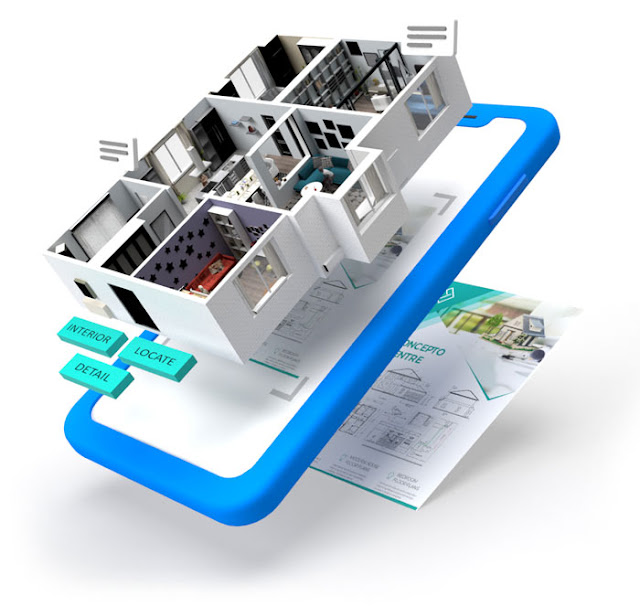Immersive Innovation: Navigating the Landscape of Augmented Reality Development
In the ever-evolving landscape of technology, augmented reality (AR) has emerged as a transformative force, reshaping the way we interact with the digital and physical worlds. Augmented reality development has become a thriving field, marked by innovation, creativity, and a boundless potential for enhancing various industries.
The Essence of Augmented Reality: Augmented reality overlays digital content onto the real world, seamlessly blending computer-generated elements with the user's environment. Unlike virtual reality, which immerses users in entirely simulated environments, AR enhances the real world by adding layers of interactive and contextual information.
Applications Across Industries: Augmented reality development has found applications across diverse industries, unlocking new possibilities and efficiencies. In the realm of healthcare, AR is revolutionizing surgical procedures by providing surgeons with real-time, data-rich visualizations. In education, AR enhances learning experiences through interactive simulations and 3D models. Retailers leverage AR for virtual try-on experiences, allowing customers to visualize products in their own spaces before making purchases.
Augmented Reality in Gaming: The gaming industry has been a trailblazer in adopting augmented reality. Games like Pokémon GO brought AR to the mainstream, allowing players to hunt virtual creatures in real-world locations. AR-enhanced experiences provide gamers with immersive narratives, interactive environments, and novel ways to engage with their surroundings.
Tools and Platforms for Augmented Reality Development: Developing AR experiences requires a combination of creativity, programming expertise, and the use of specialized tools and platforms. Industry leaders such as Unity3D and Unreal Engine provide robust frameworks for AR development, enabling developers to create immersive and interactive content across various devices.
AR Content Creation: Content creation is a critical aspect of augmented reality development. AR developers utilize 3D modeling, animation, and spatial computing to craft engaging and realistic virtual elements. Computer vision technologies play a pivotal role in AR, allowing applications to understand and interact with the real world in real-time.
Challenges and Opportunities: While augmented reality development holds immense promise, it also presents challenges. Overcoming issues related to hardware limitations, ensuring seamless integration with existing technologies, and addressing privacy concerns are areas that developers continue to navigate. However, these challenges also offer opportunities for innovation and growth within the field.
The Future of Augmented Reality: The future of augmented reality development is characterized by an exciting trajectory. As hardware capabilities advance and user adoption increases, AR is poised to become an integral part of daily life. From enhanced navigation tools to collaborative workspaces, the potential applications of AR are vast and transformative.
Closing Thoughts: Augmented reality development stands at the forefront of technological innovation, ushering in a new era of immersive experiences. From revolutionizing industries to enhancing entertainment and education, the impact of AR is far-reaching. As developers continue to push the boundaries of what's possible, the fusion of the digital and physical worlds will become even more seamless, offering users a future where augmented reality is an integral and enriching aspect of their everyday lives. Embrace the immersive revolution—augmented reality development is charting the course for the next wave of technological marvels.


Comments
Post a Comment